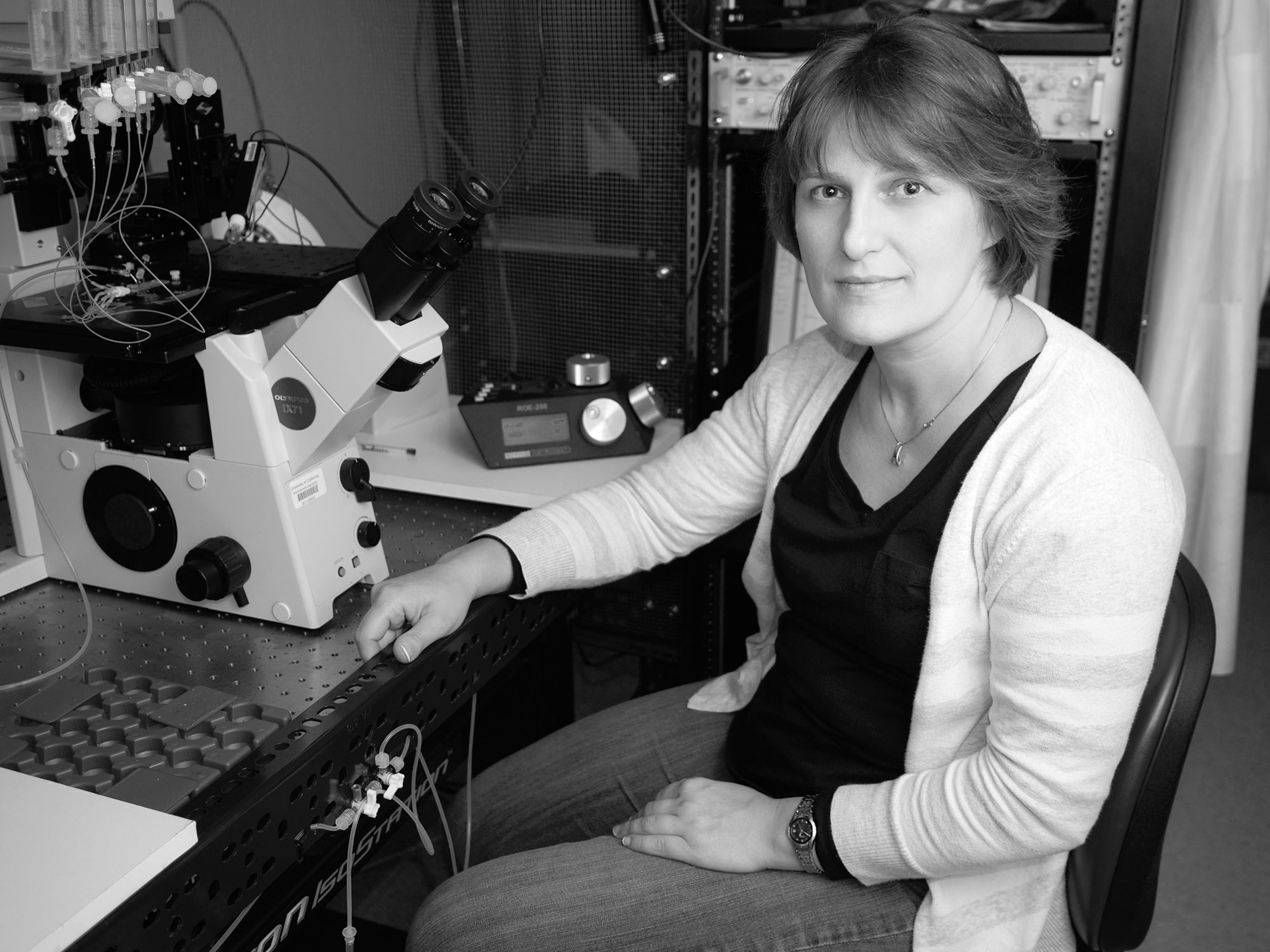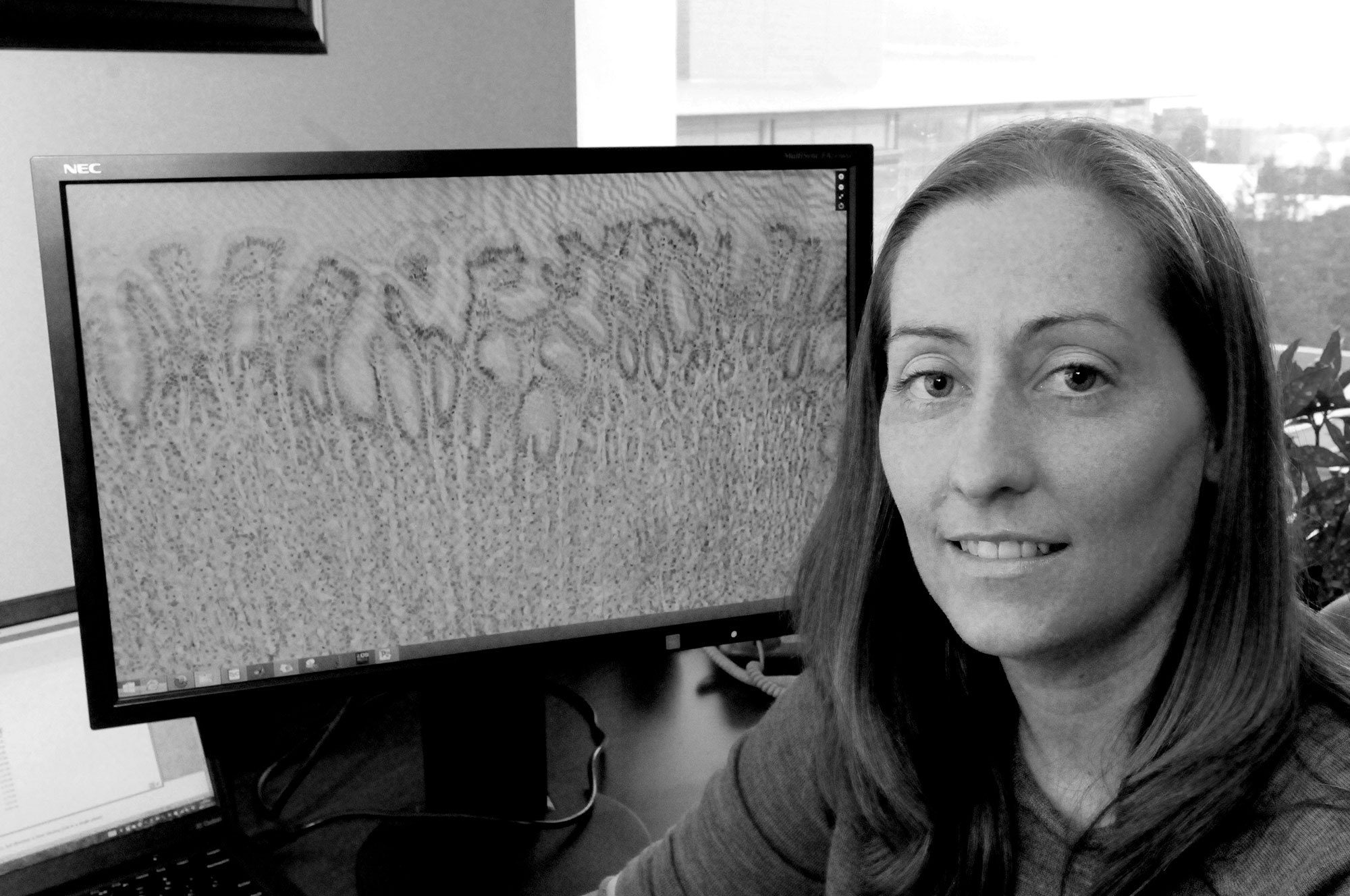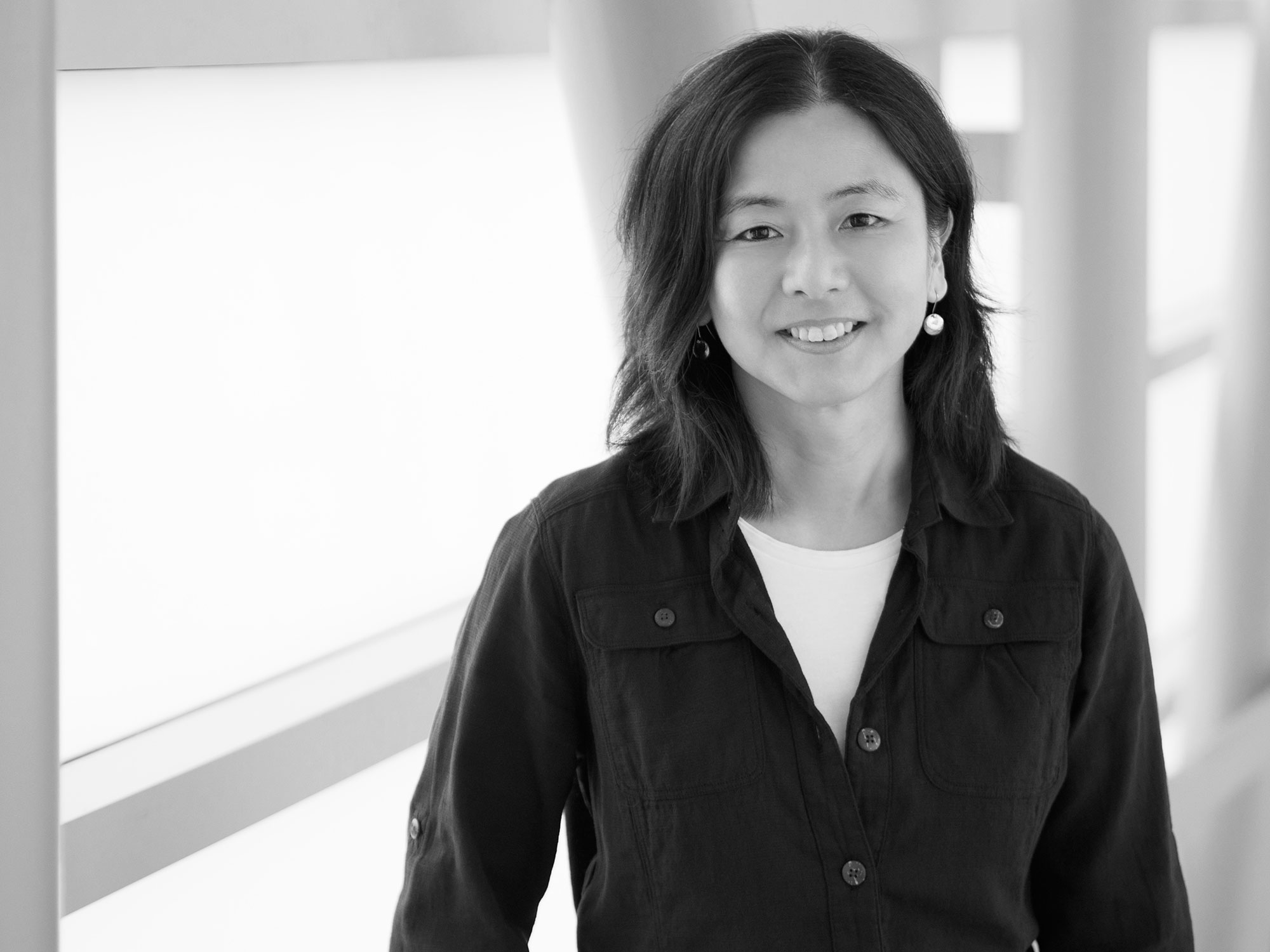Every year, Berkeley professors shine in attracting prestigious awards, reflecting our long history as a research powerhouse and top draw for foundations willing to fund bold ideas. This past year, Berkeley knocked it out of the park — particularly young faculty who received coveted fellowships that allow them to experiment with high-risk, high-potential concepts.
These substantial early-career grants come at a crucial time when young faculty have a lot to balance: building a lab, seeking funding, and teaching, while also generating their own breakthrough research. Here are three of our rising stars — pursuing very different ideas while sharing appreciation for Berkeley’s collaborative culture.

Polina Lishko
Polina Lishko, assistant professor of molecular and cell biology
2015 Sloan Research Fellowship and 2015 Pew Scholar
Research: Understanding the basic molecular mechanisms underlying mammalian fertilization and pain perception. Findings could lead to the development of safe unisex contraceptives, more advanced diagnostic tests for male infertility, and novel strategies to manage pain.
“These awards are a big help coming at a time when governmental funding is decreasing,” says Lishko. “Berkeley is an amazing place because I’m surrounded by the brightest people. There’s peer pressure, but it’s friendly, stimulating, and supportive in the best ways. Being at Berkeley means that we are constantly exposed to new discoveries, developments, and breakthrough technologies such as gene editing, which are ultimately going to help our research as well.”

Laura Waller
Laura Waller, assistant professor of electrical engineering and computer sciences
2014 Packard Fellowship for Science and Engineering
Research: Developing new methods of computation and optical system design to turn simple microscopes into cutting- edge imaging machines. Applications include optical and x-ray microscopy for biology, defense, physical science, and semi-conductors.
“We are building tools for a lot of different applications for more broad-based research. We’re more about figuring out what is possible first, and then looking for the problems that it can solve and what we can do with it,” says Waller, adding that “Berkeley is the best place to collaborate across all departments. It’s very easy to talk to people and brainstorm how to apply something to a completely different area.”

Kaoru Saijo
Kaoru Saijo, assistant professor of immunology and pathogenesis
2015 Searle Scholar
Research: Role of prenatal inflammation in autism, and testing the hypothesis that sex hormone nuclear receptors can repress inflammation and restore normal immune function in the brain. Findings could lead to the development of therapeutic treatments for autism.
“Right now five times more boys are affected by autism than girls,” says Saijo. “I’m looking at gender bias, and proposing quite a new idea and directions, but high- risk proposals are normally very difficult to get funding for.” She came to Berkeley “because it’s highly encouraged to do a multidisciplinary approach. It’s so easy to approach people, and so supportive to find collaborators. That makes it possible to try something completely new.”



